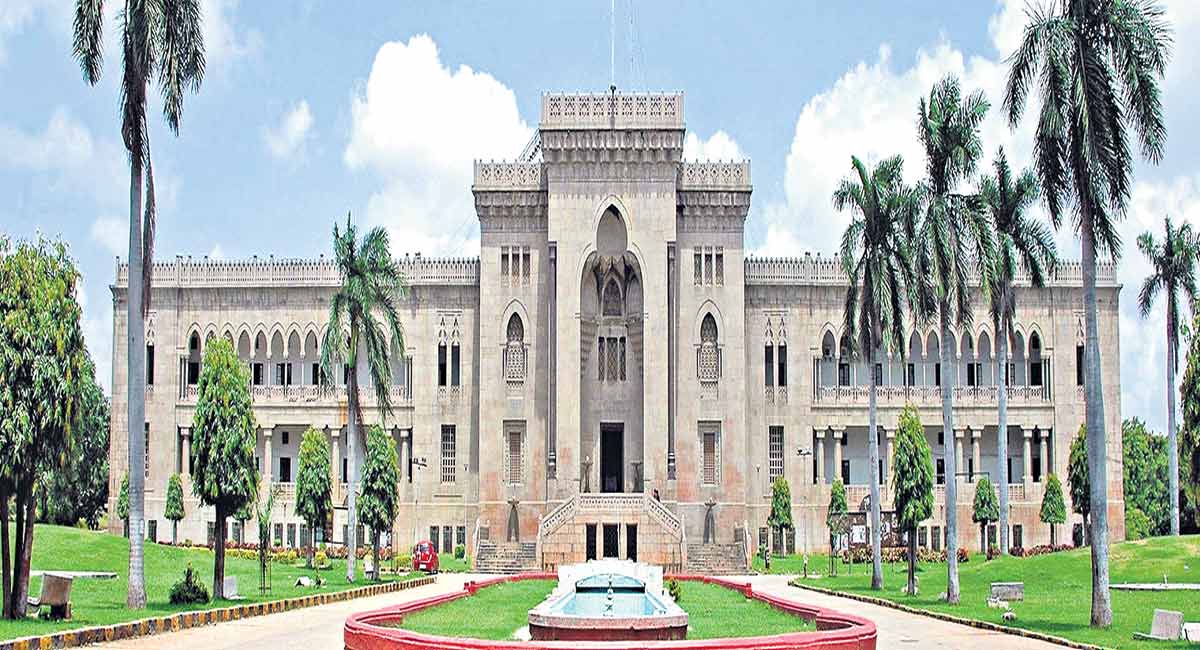The evolution of Deccani Synthesis

Hyderabad: Aspirants should read about the then emerged differences between district and Hyderabad Mulkis and the muslim sovereignty
This article is in continuation of the last article on origin of the Mulki issue.
PHASE III
1. The Mulki category was widened to include persons from the district as a consequence of which there were differences between the district Mulkis and the Hyderabad Mulkis. Also because of marriages between the children of Mulkis and non-Mulkis there was a split within the Mulkis.
2. The Government worked towards the modernisation of administration by establishing educational institutions and improving infrastructural facilities. Many political reforms were also introduced. However, the Mulki were not given any political representation.
3. Establishment of the Osmania University (OU) was a good measure but the medium of instruction was not the local Deccani Urdu but it was the Lucknowi Urdu.
Deccani Synthesis
Reasons for evolution of Deccani Synthesis:-
1. Adoption of Lucknowi Urdu as a medium of instruction in the OU was the immediate cause for conceptualisation of this ideology.
2. Continuous deprivation in matters of employment and dominance of non-Mulki over Mulkis are other cases that strengthened this ideology.
3. This principle was conceptualised under the leadership of Dr Zorde who worked as translator in Urdu department of OU.
4. This ideology was based on the Hindu, Muslim culture of the Hyderabad State and was supported by the Mulkis – both Hindus and Muslims.
5. The Mulki scholars supporting this ideology established a library called Idara – i- Adabiyat – i- Urdu in 1930. It was also called as Avon-i-Urdu. The library gathered and published information related to Deccani nationalism and played a crucial role in promoting the department of Mulkis without any bias to any religion or community
6. The leaders of this ideology raised a slogan, “Long live the Nizam – The royal embodiment of Deccani Nationalism”.
Muslim Sovereignty
This ideology emerged against the ideology of Deccani nationalism. It was initially proposed by Professor of Islamic ideology, OU, Maulvi Abdul Khadir Siddique and supported by non-Mulkis only. However, the dominance of Muslims in the field of education and public employment and resistance of Hindus to this domination gradually resulted in Muslim Mulkis supported the ideology. This ideology over a period of time changed the direction of Mulki and non-Mulki issue by giving it a communal colour. The ideology of Muslim sovereignty formed the basis for the actions of the Razakars. The slogan of “Anal Malik” (I am the King) is associated with this ideology.
Nizams Subjects League 1935
A number of schools and educational institutions were established from 1900-1915 in the Hyderabad state as a consequence of which the number of qualified people amongst Mulkis increased. However, most of them were not able to secure job under the government because of the domination of non-Mulkis. This left them highly dissatisfied; at the same time the non- Mulki believed that they were well qualified and deserved all the Government jobs and a display of this belief hurt the sentiments of Mulkis.
The establishment of OU in 1918 with Lucknowi Urdu as the medium of instruction increased the differences betweenMulkis and non-Mulkis in the sphere of language. The growing differences in the sphere of language started gradually reflecting in the sphere of heritage and culture. All the above incidents resulted in the evolution of Deccani Nationalism in the Urdu department of the OU which gradually turned into a Mulki movement between 1930 and 1940 led to the formation of Nizams Subjects League or Mulki’s Subjects League in 1935.
To be continued…
By Deepika Reddy
Director, Shikara Academy
Mobile No. 7702026769







